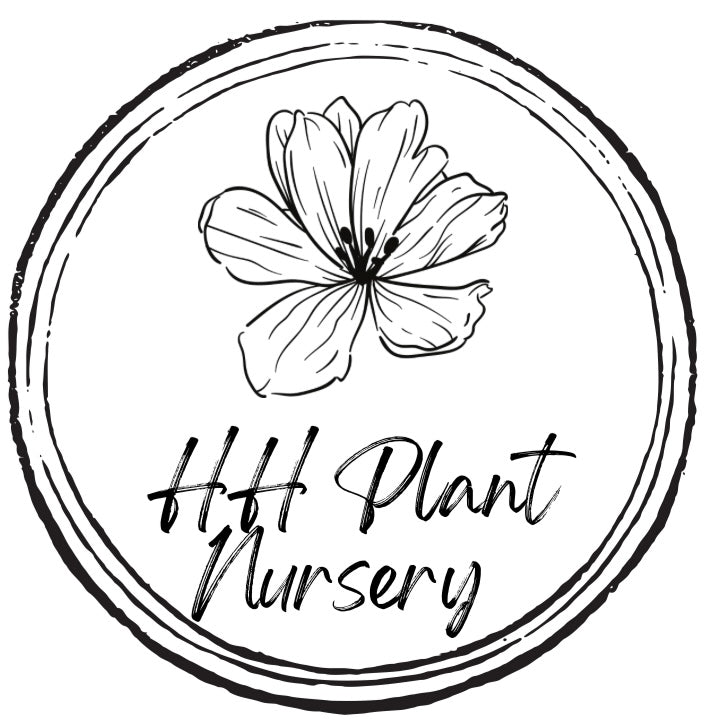Cleveland Sage: A Fragrant and Versatile Herb
Cleveland sage, also known as Salvia clevelandii, is a beautiful and fragrant perennial herb native to the chaparral regions of California. Its silvery-gray foliage and vibrant purple flowers make it a popular choice for gardens and landscaping. This hardy plant is also prized for its medicinal properties and culinary uses.
Why Grow Cleveland Sage?
There are many reasons to add Cleveland sage to your garden:
- Attractive foliage: The sage's silvery-gray leaves create a stunning contrast against other plants and add texture to your garden.
- Beautiful flowers: From late spring to early summer, Cleveland sage produces vibrant purple flowers that attract hummingbirds and butterflies.
- Aromatic fragrance: The leaves have a strong, pleasant fragrance that can be enjoyed fresh or dried.
- Medicinal properties: Cleveland sage has been used traditionally for its antiseptic, anti-inflammatory, and antifungal properties.
- Culinary uses: Its leaves can be used to flavor dishes, teas, and even cocktails.
- Drought tolerant: Cleveland sage is a low-maintenance plant that thrives in dry, sunny conditions.
How to Grow Cleveland Sage
1. Planting
- Choose a sunny spot: Cleveland sage needs at least 6 hours of direct sunlight per day.
- Well-draining soil: This plant prefers sandy, well-draining soil that doesn't retain moisture.
- Spacing: Plant your sage seedlings about 2 to 3 feet apart.
- Time: The best time to plant Cleveland sage is in spring or fall.
2. Watering
- Water deeply: Water your sage thoroughly, allowing the soil to dry out completely between waterings.
- Avoid overwatering: Too much moisture can lead to root rot.
- Reduce watering in winter: During the dormant season, reduce watering to once a month or less.
3. Fertilizing
- Light feeding: Cleveland sage doesn't require much fertilizer. You can fertilize lightly in spring with a balanced fertilizer.
- Avoid nitrogen-rich fertilizers: Too much nitrogen can promote leaf growth at the expense of flowers.
4. Pruning
- Pinch back stems: Regularly pinch back stems to encourage bushier growth.
- Deadhead spent flowers: Removing spent blooms will encourage the plant to produce more flowers.
- Pruning for winter: In winter, prune back stems to about 6 inches above the ground.
Propagation
Cleveland sage can be easily propagated through cuttings or seeds:
1. Cuttings
- Take 4-6 inch cuttings from healthy stems.
- Remove the lower leaves and dip the cuttings in rooting hormone.
- Plant the cuttings in a pot filled with well-draining potting mix.
- Keep the cuttings moist and warm.
2. Seeds
- Sow seeds in spring or fall.
- Start seeds indoors or directly in the garden.
- Cover seeds lightly with soil and keep the soil moist.
- Thin seedlings as needed.
Harvesting and Uses
Cleveland sage leaves can be harvested throughout the growing season. Here are some ideas for using this versatile herb:
- Fresh leaves: Use fresh leaves to flavor dishes like grilled meats, fish, poultry, and vegetables.
- Dried leaves: Dry leaves for use in teas, potpourri, and crafts.
- Medicinal uses: Make a tea from the leaves to relieve sore throats, coughs, and respiratory ailments.
Conclusion
Growing Cleveland sage is a rewarding experience. This low-maintenance plant offers beautiful foliage, vibrant flowers, and a variety of uses. With proper care, this fragrant herb can thrive in your garden for years to come.

